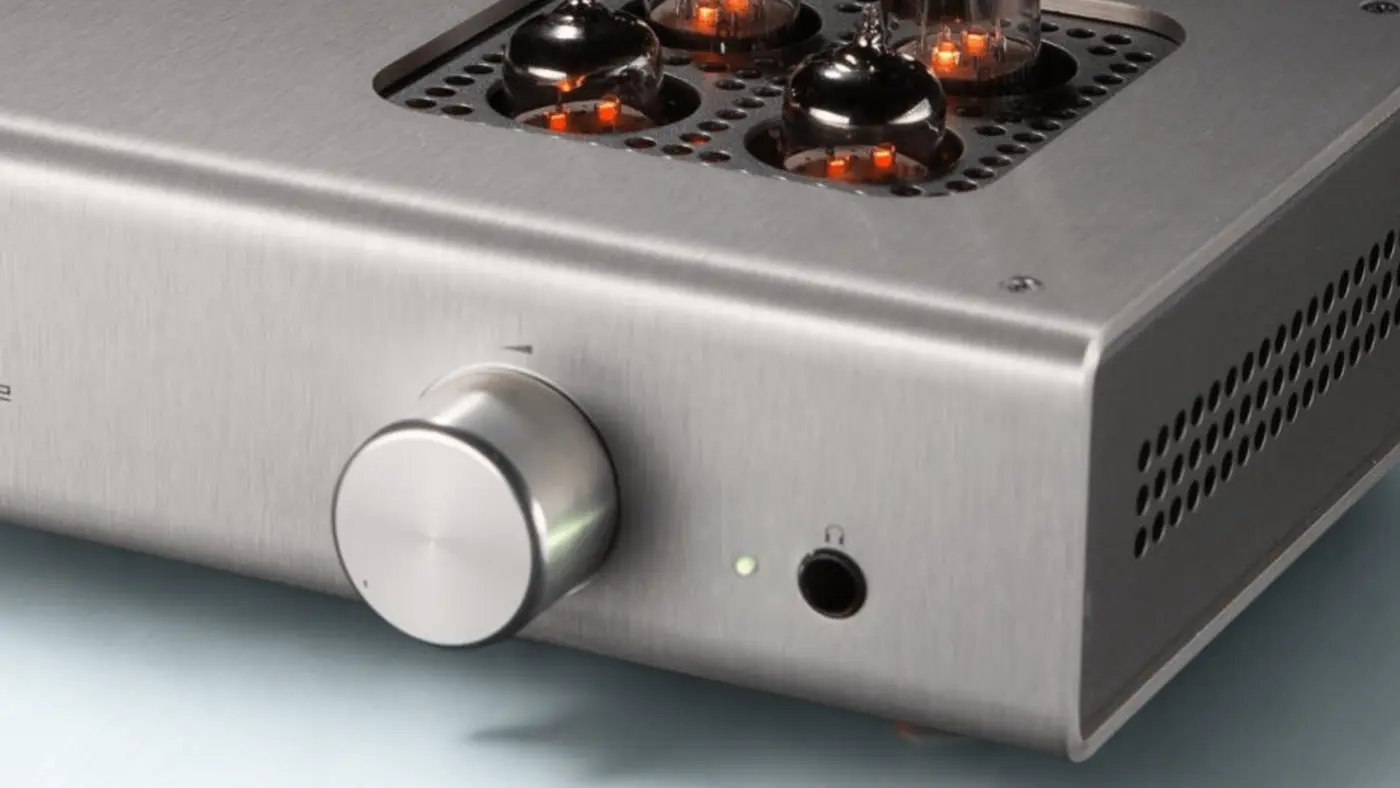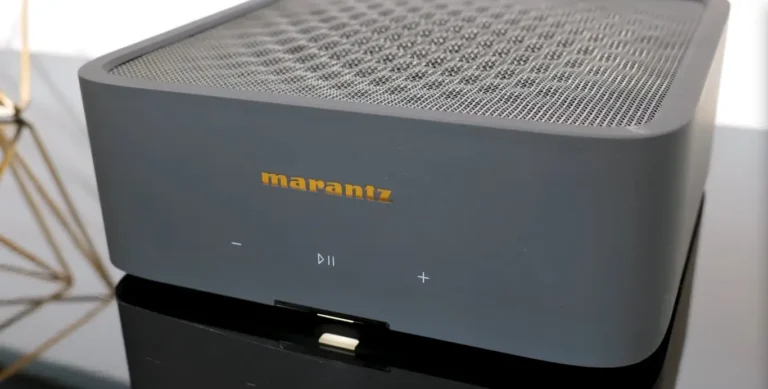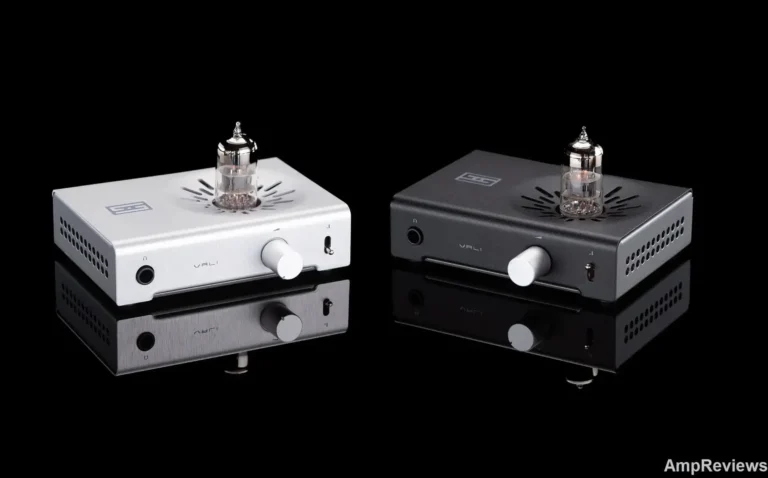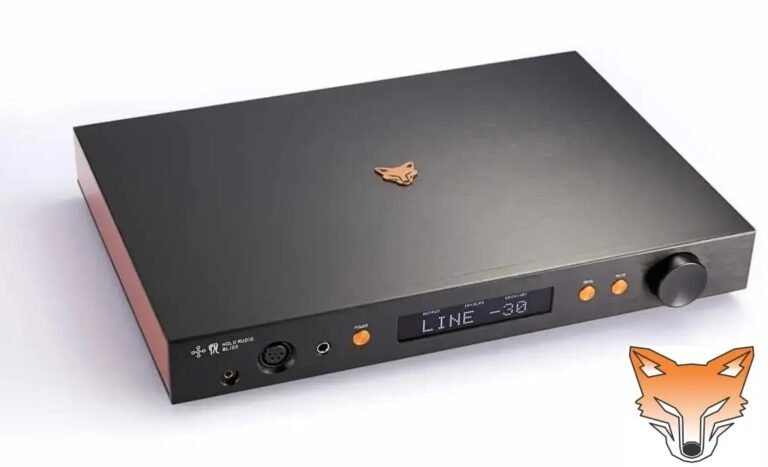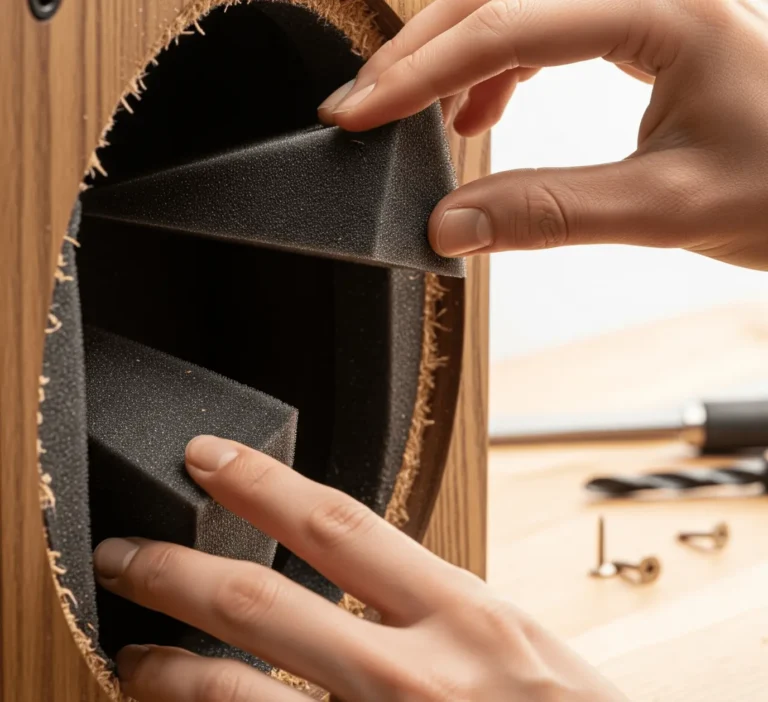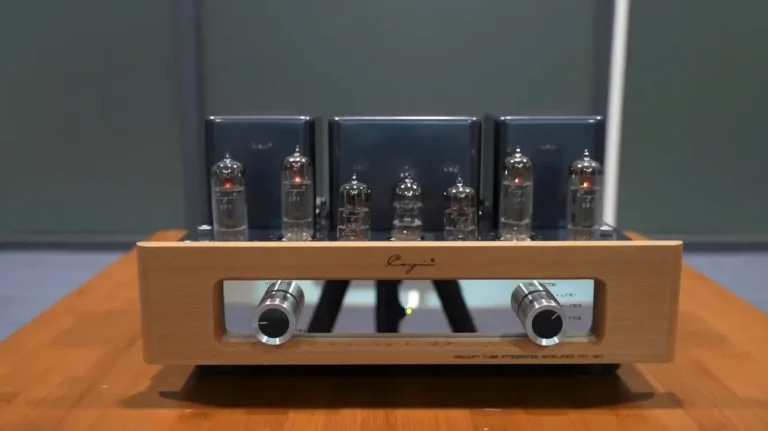Schiit Valhalla 2 Review: The Tube Headphone Amp That Keeps It Real
Schiit Audio is one of the coolest audio companies of the last ten years. It was started in California by two guys, Jason Stoddard and Mike Moffat, who wanted to make great-sounding gear that people could actually afford. Their stuff is known for being way better than its price suggests, and the Schiit Valhalla 2 amplifier is a perfect example.
So, what is the Valhalla 2? In Schiit’s family of amps, it’s the one that’s all about a specific kind of tube sound. It’s built to work best with certain types of headphones that have a high “impedance,” like the popular Sennheiser HD600 or some Beyerdynamic models. The goal was to get that warm, magical tube sound without making it crazy expensive.
But is the Schiit Valhalla 2 as good as people say? And should you get one? In this review, I’m going to break it all down for you, how it’s built, how it sounds, and who it’s really for, so you can figure out if it’s the right fit for you.
Background & Context
Tube amplifiers have long been celebrated for their warm, organic sound. Unlike solid-state amps, which tend toward neutrality and precision, tube amps are valued for their musicality and ability to breathe life into recordings. The Valhalla 2, being an OTL (Output Transformer-Less) Class A tube design, takes this purity one step further.
Why OTL? By removing the output transformer, Schiit ensures the amplifier is optimized for high-impedance loads, letting headphones like the Sennheiser HD650 truly shine. Of course, this comes with trade-offs—namely, low-impedance and planar headphones won’t pair well.
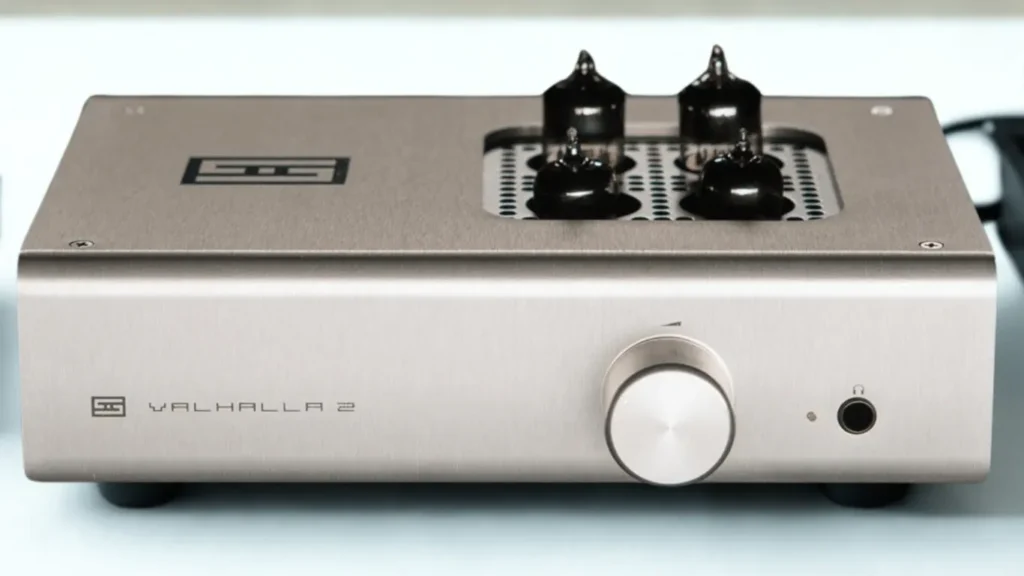
Schiit’s mission has always been to provide “insanely great audio at sane prices.” With the Valhalla 2, they’ve created one of the most accessible all-tube OTL designs on the market, giving audiophiles a chance to experience tube magic without having to build something like a Bottlehead Crack or spend thousands on boutique designs.
Unboxing & First Impressions
The unboxing experience is straightforward. When the Schiit Valhalla 2 arrives, the packaging is exactly what you’d expect—simple and to the point. The amp sits securely in basic foam, and inside the box you’ll find everything you need and nothing you don’t: the amplifier itself, tubes pre-installed in protective foam, a power cord, and a straightforward manual.
Check Out: Schiit Audio Aegir 2 classic dual mono
Right away, the amp makes a great impression. It has a clean, brushed metal look that feels both simple and serious. The best part is when you turn it on: the tubes stick up a bit and give off a really nice, warm glow that just screams “tube amp.” It’s worth noting that it does get pretty warm when it’s running, which is totally normal for this kind of amplifier. Just make sure you leave it a little room to breathe on your shelf.
Design & Build Quality
The Valhalla 2 has that classic Schiit look it’s simple, minimal, and built like a tank. It feels really solid, with no shaky parts or noises when you pick it up. The size is just right; it’s compact enough for a desk but has a good weight to it that makes it feel important.
Here’s the basic layout:
- It uses four tubes (two 6N1P and two 6N6P).
- On the front, you’ve got a large volume knob, a power switch, an input selector, and the headphone jack.
- Around back, there are standard RCA inputs and outputs.
Those outputs on the back are a cool bonus because they let you use the Schiit Valhalla 2 to control volume for a pair of speakers, too. The big volume knob turns smoothly and feels great. Basically, this isn’t a flashy amp. It’s quiet and confident, designed to sit back and let the music shine.
Technical Overview
While specs don’t capture the magic of a tube amp, here’s the basic idea. The Schiit Valhalla 2 is a pure tube amplifier, designed to shine with headphones that have an impedance of 100 ohms and above. It’s not a super-powerful amp for every type of headphone; it’s more of a specialist. Its sweet spot is with high-impedance models like Sennheiser HD 600s or Beyerdynamic DT 990s, where it delivers its best performance. It has a handy switch for high or low gain, and even has outputs on the back so you can use it to control a pair of speakers. So, it’s not about brute strength, but about providing a perfect match for the right kind of headphones.
Sound Quality
When you listen to the Schiit Valhalla 2, the first thing you notice is how clean and natural everything sounds. The bass isn’t about shaking your desk; it’s clear and tight, letting you appreciate the texture of a stand-up bass or the punch of a kick drum without any muddiness. But the real magic happens in the midrange. This is the amp’s superstar quality. Voices are rendered with a warm, intimate realism that makes singers feel present in the room, and acoustic instruments like guitars and pianos have a lifelike richness that is completely captivating.
This natural quality extends to the high notes, which are smooth and detailed without a hint of harshness. Cymbals shimmer delicately, making long listening sessions incredibly easy and fatigue-free. The amp also creates a wonderful sense of space. The soundstage feels open and natural, with precise imaging that lets you easily pinpoint each instrument’s location, making live recordings a special treat. Finally, it excels at dynamics, handling the powerful swings in music with energy while also revealing subtle details—like the breath of a vocalist or the decay of a note—with effortless clarity. It brings out these nuances without ever sounding forced or analytical.
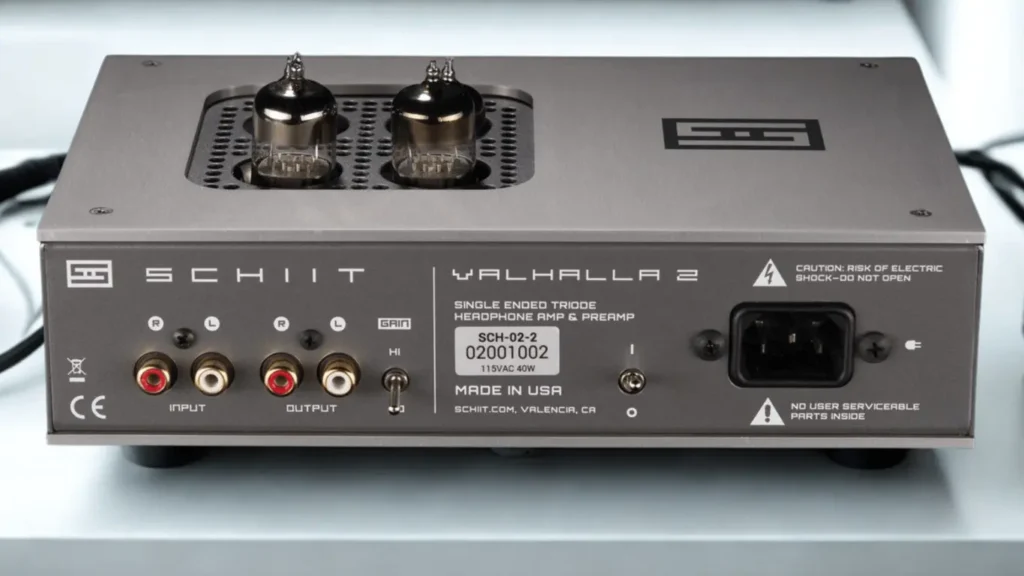
Headphone Pairings
- Sennheiser HD 650 / HD 600 (300 Ohm): This is the quintessential pairing. The synergy is magical. The Valhalla 2 tames the HD 650’s famous “veil,” unlocking its potential for rich, velvety bass, lush mids, and a smooth, detailed top end. It’s a match made in heaven.
- Beyerdynamic DT 880 (600 Ohm): Another fantastic pairing. The amp controls the Beyers’ sometimes sharp treble, rendering it airy and detailed but never fatiguing, while providing a powerful, controlled foundation to the bass and a wide soundstage.
- Planar Magnetic (e.g., Hifiman Edition XS): Now, here’s the one big catch with the Schiit Valhalla 2: it’s not a good match for planar magnetic headphones. It just doesn’t have the power they need to sound their best. If you try, the sound will be thin, weak, and lack any punch. So, if you’re a fan of planar headphones, this probably isn’t the right amp for you.
- Low-Impedance Dynamic (e.g., Audio-Technica ATH-W1000x): The pairing can work, but results vary. The bass may become accentuated, and the altered damping factor can change the headphone’s intended frequency response. It’s best to listen first.
Comparisons
- vs. Schiit Vali 3 (Hybrid): The Vali 3 offers a taste of tube flavor with the power and punch of a solid-state output stage. It’s more versatile with low-impedance headphones but lacks the Valhalla 2’s sheer tonal density, midrange magic, and holographic staging with high-impedance cans.
- vs. Schiit Magni+ (Solid-State): The Magni+ is a clean, powerful, and neutral benchmark. The Schiit Valhalla 2 is less about absolute power and transparency and more about adding musicality, richness, and a lifelike timbre. It’s a choice of flavor over neutrality.
- vs. Bottlehead Crack (DIY OTL): The Crack is a legendary DIY OTL amp often paired with HD 650s. It offers a warmer, even more lush and forgiving sound. The Valhalla 2 is its more modern, slightly more neutral, and technically refined sibling with better build quality and a warranty.
- vs. Solid-State Amps (JDS Atom, THX 789): These amps excel at measured performance: ultra-low distortion, black backgrounds, and immense power. The Schiit Valhalla 2 trades that razor-edge precision for organic tonality, richness, and a more engaging, less clinical listening experience.
User Experience
Day-to-day, the Valhalla 2 is a set-and-forget piece of gear. It requires a brief warm-up period (15-20 minutes) to sound its best. The heat is noticeable but not excessive for a tube amp. Maintenance is minimal, though tube rolling is a potential avenue for customization—swapping the 6N1P inputs for a pair of NOS 6DJ8 tubes can subtly alter the sound signature. Schiit’s 5-year warranty provides excellent peace of mind for a tube product.
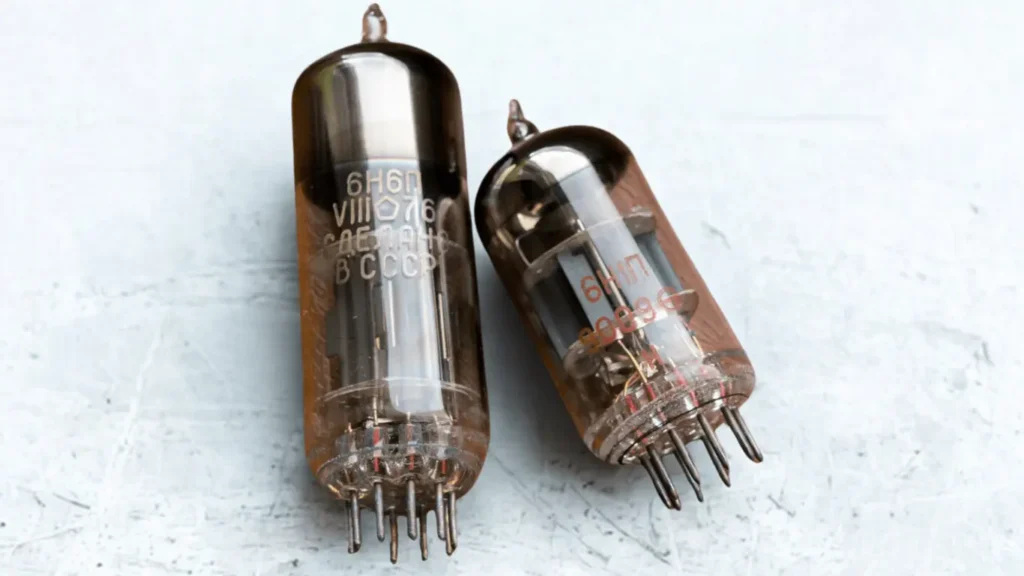
Verdict
The Schiit Valhalla 2 is a brilliantly executed modern take on the classic OTL tube amplifier. It doesn’t try to be everything to everyone. Instead, it focuses on delivering an unparalleled experience for a specific audience: owners of high-impedance dynamic headphones. For them, it offers a near-perfect blend of tube richness and solid-state competence, presenting music with a lifelike, engaging, and utterly captivating tonality that cheaper hybrids or solid-state amps simply cannot match.
Its longevity is assured by its robust build, simple circuitry, and the easy availability of its tube complement. If your headphone collection is built around classics from Sennheiser and Beyerdynamic and you’ve been curious about the tube experience, the Valhalla 2 isn’t just an option; it’s a destination.
Pros & Cons
Pros:
- Good build quality and minimalist aesthetics.
- Exceptional synergy with high-impedance dynamic headphones.
- Rich, lifelike midrange and vocals; smooth, detailed treble.
- Versatile preamp outputs for driving speakers or another amp.
- Gain switch offers meaningful tonal shaping.
- Excellent value for a pure tube amp.
Cons:
- Power and gain switches are located on the rear panel.
- Not suitable for planar magnetic headphones.
- Performance with low-impedance dynamic headphones is variable.
- Gets hot during operation (as expected).
Final Score: 9/10
Schiit Valhalla 2 – Specifications
- Type: Fully Class-A, all-tube, OTL (Output Transformer-Less) headphone amplifier & preamplifier
- Tubes Used: 2 × 6N1P (input stage), 2 × 6N6P (output stage) – compatible with 6DJ8, 6922, ECC88, ECC85, and 6BZ7 (input stage substitutions)
- Gain Settings:
- Low Gain: 1.5× (3.5 dB)
- High Gain: 7× (16.9 dB)
- Output Impedance:
- Low Gain: 3.5 Ω
- High Gain: 14 Ω
- Maximum Output Power (per channel):
- 50 Ω: 180 mW
- 300 Ω: 800 mW
- 600 Ω: 450 mW
- Frequency Response: 20 Hz – 20 kHz, ±0.1 dB
- Total Harmonic Distortion (THD): < 0.04% at 1V RMS into 32 Ω
- Signal-to-Noise Ratio (SNR): > 100 dB, unweighted
- Inputs: 1 × RCA stereo pair (line-level input)
- Outputs:
- 1 × 1/4″ (6.35 mm) headphone output
- 1 × RCA stereo pair (preamp output, variable level)
- Power Supply: Linear, with dual transformers (one for high voltage, one for heaters)
- Dimensions: 9 × 6 × 3.25 inches (22.9 × 15.2 × 8.3 cm)
- Weight: Approx. 7 lbs (3.2 kg)
- Typical Tube Life: ~5,000 hours

